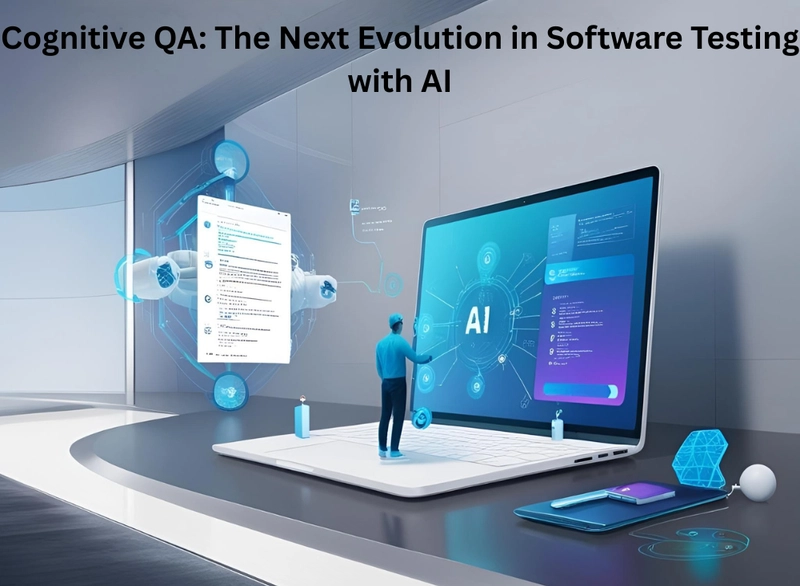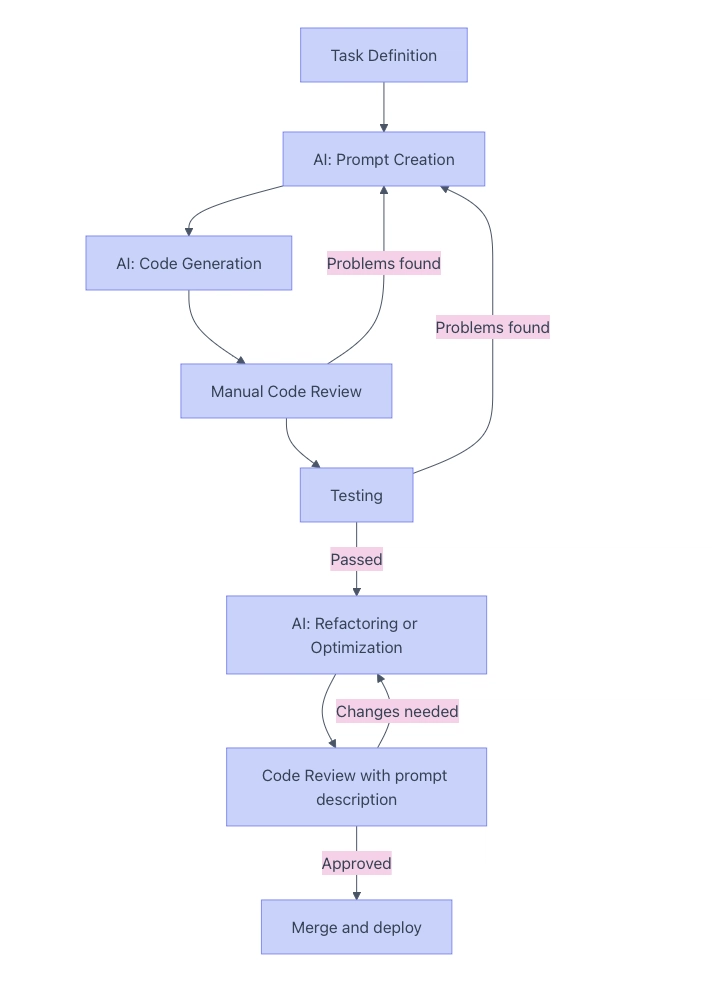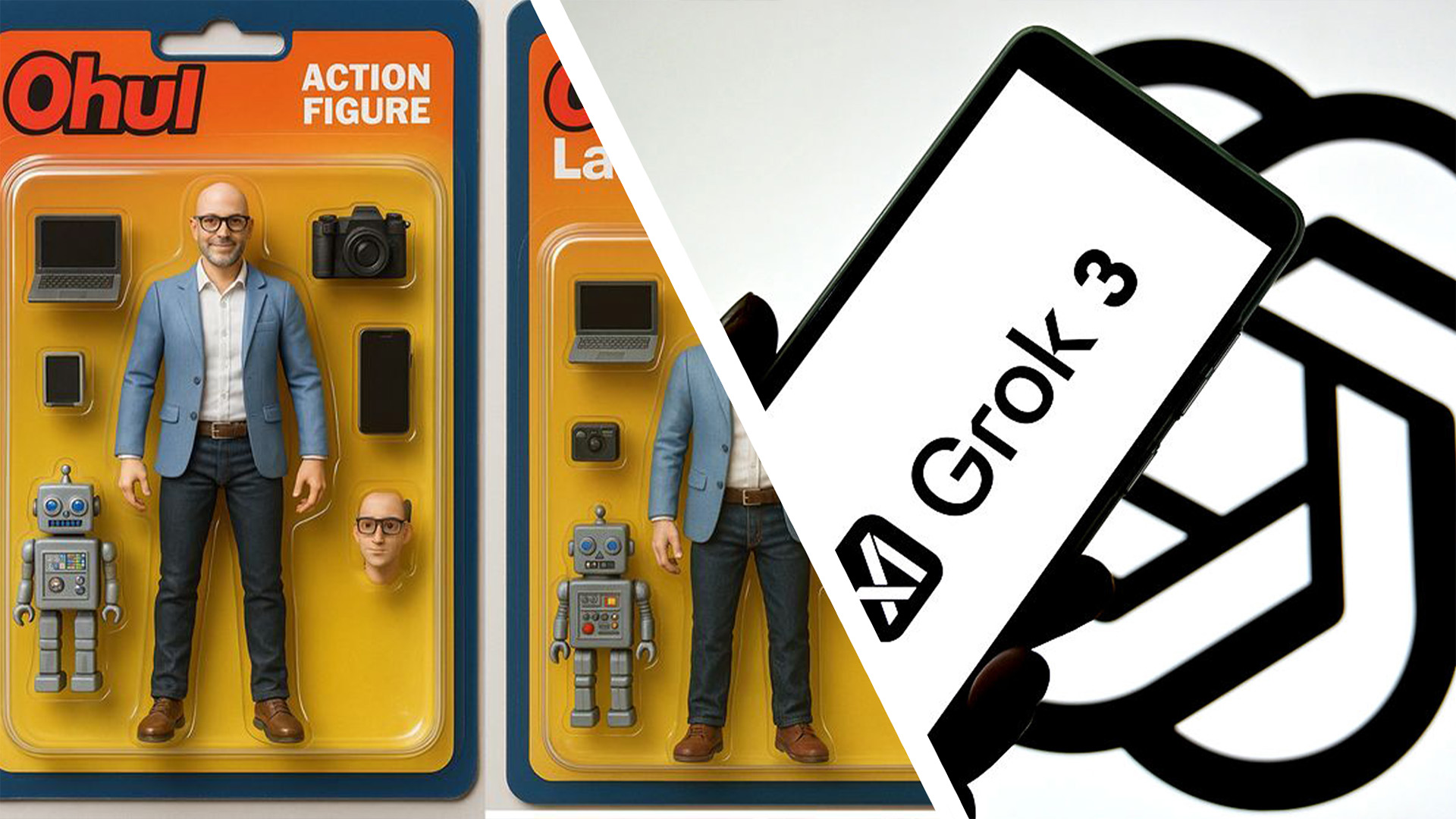Cognitive QA: The Next Evolution in Software Testing with AI
In the ever-accelerating digital landscape, conventional QA practices are struggling to keep pace with rapid releases, complex user experiences, and sprawling ecosystems of applications and APIs. As organizations push toward hyperautomation and smarter delivery pipelines, the concept of Cognitive QA has emerged as the next frontier in intelligent software testing. Cognitive QA leverages the full spectrum of artificial intelligence — machine learning, natural language processing, predictive analytics, and reasoning — to go beyond traditional automation. It introduces a new paradigm where software can understand, learn, adapt, and recommend testing strategies much like a human would — but at machine scale and speed. What is Cognitive QA? Unlike conventional test automation that relies on scripted inputs and fixed outcomes, Cognitive QA mimics the way a human tester thinks. It understands the context of an application, analyzes test cases semantically, learns from past failures, and evolves continuously. Core capabilities include: Contextual understanding of requirements and test documentation Self-healing test scripts that adapt to UI or logic changes AI-generated test cases based on user behavior analytics Continuous learning from production feedback and test outcomes Predictive insights into defect trends and potential regressions In essence, Cognitive QA fuses the precision of machines with the intuition of human testers, creating smarter, more responsive QA processes. Key Components of a Cognitive QA Framework 1.Natural Language Processing (NLP) Using NLP, Cognitive QA tools can parse user stories, requirements, and even emails to auto-generate relevant test cases — bridging the gap between business and engineering. 2.Machine Learning Models Historical test data is fed into ML models to spot defect trends, suggest areas of risk, and prioritize test execution accordingly. Over time, the system becomes better at predicting where bugs are most likely to appear. 3.Cognitive Automation This refers to autonomous test design, execution, and result analysis. These systems don’t just run tests — they reason through them, adapting test flows dynamically in real time based on application behavior. 4.Visual and Behavioral Testing Cognitive QA platforms often incorporate visual validation tools and user journey simulations to ensure that changes don’t impact the perceived quality of the app — something traditional automation may miss. Why Cognitive QA Matters Now

In the ever-accelerating digital landscape, conventional QA practices are struggling to keep pace with rapid releases, complex user experiences, and sprawling ecosystems of applications and APIs. As organizations push toward hyperautomation and smarter delivery pipelines, the concept of Cognitive QA has emerged as the next frontier in intelligent software testing.
Cognitive QA leverages the full spectrum of artificial intelligence — machine learning, natural language processing, predictive analytics, and reasoning — to go beyond traditional automation. It introduces a new paradigm where software can understand, learn, adapt, and recommend testing strategies much like a human would — but at machine scale and speed.
What is Cognitive QA?
Unlike conventional test automation that relies on scripted inputs and fixed outcomes, Cognitive QA mimics the way a human tester thinks. It understands the context of an application, analyzes test cases semantically, learns from past failures, and evolves continuously.
Core capabilities include:
Contextual understanding of requirements and test documentation
Self-healing test scripts that adapt to UI or logic changes
AI-generated test cases based on user behavior analytics
Continuous learning from production feedback and test outcomes
Predictive insights into defect trends and potential regressions
In essence, Cognitive QA fuses the precision of machines with the intuition of human testers, creating smarter, more responsive QA processes.
Key Components of a Cognitive QA Framework
1.Natural Language Processing (NLP)
Using NLP, Cognitive QA tools can parse user stories, requirements, and even emails to auto-generate relevant test cases — bridging the gap between business and engineering.
2.Machine Learning Models
Historical test data is fed into ML models to spot defect trends, suggest areas of risk, and prioritize test execution accordingly. Over time, the system becomes better at predicting where bugs are most likely to appear.
3.Cognitive Automation
This refers to autonomous test design, execution, and result analysis. These systems don’t just run tests — they reason through them, adapting test flows dynamically in real time based on application behavior.
4.Visual and Behavioral Testing
Cognitive QA platforms often incorporate visual validation tools and user journey simulations to ensure that changes don’t impact the perceived quality of the app — something traditional automation may miss.
Why Cognitive QA Matters Now











































































































































































![[The AI Show Episode 143]: ChatGPT Revenue Surge, New AGI Timelines, Amazon’s AI Agent, Claude for Education, Model Context Protocol & LLMs Pass the Turing Test](https://www.marketingaiinstitute.com/hubfs/ep%20143%20cover.png)














































































































































































.png?width=1920&height=1920&fit=bounds&quality=70&format=jpg&auto=webp#)
























































.png?#)





































.webp?#)



























































































![[Fixed] Gemini app is failing to generate Audio Overviews](https://i0.wp.com/9to5google.com/wp-content/uploads/sites/4/2025/03/Gemini-Audio-Overview-cover.jpg?resize=1200%2C628&quality=82&strip=all&ssl=1)

![What’s new in Android’s April 2025 Google System Updates [U: 4/14]](https://i0.wp.com/9to5google.com/wp-content/uploads/sites/4/2025/01/google-play-services-3.jpg?resize=1200%2C628&quality=82&strip=all&ssl=1)













![Apple Seeds tvOS 18.5 Beta 2 to Developers [Download]](https://www.iclarified.com/images/news/97011/97011/97011-640.jpg)
![Apple Releases macOS Sequoia 15.5 Beta 2 to Developers [Download]](https://www.iclarified.com/images/news/97014/97014/97014-640.jpg)































































































































